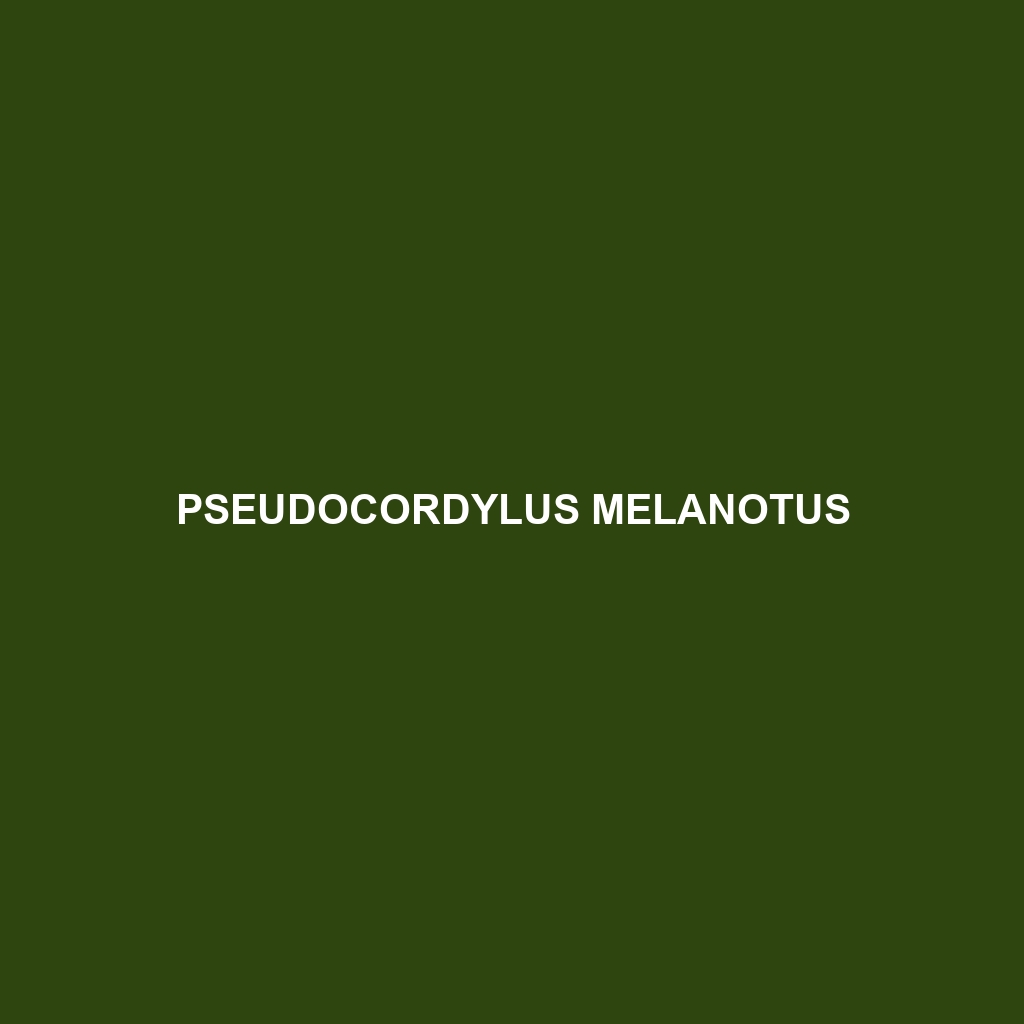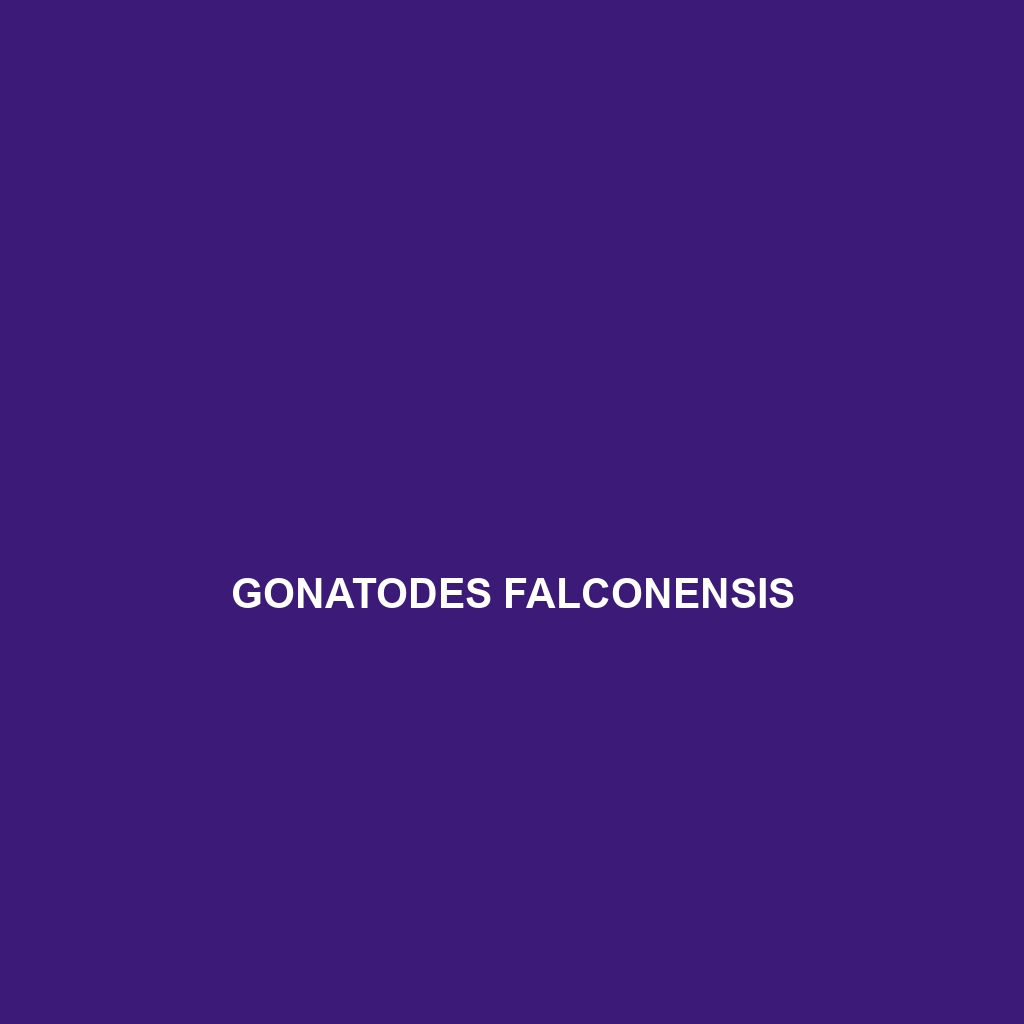<p><b>Pseudocordylus melanotus</b>, commonly known as the black girdled lizard, is a robust insectivore found in southern Africa's diverse habitats, featuring distinctive dark skin with bright patterns. This diurnal lizard showcases fascinating behaviors, including territorial displays during breeding, and plays a vital role in its ecosystem by controlling insect populations and serving as prey for larger predators.</p> </div>
Tag: egg-laying lizards
Pseudocordylus melanotus
<p><b>Pseudocordylus melanotus</b>, commonly known as the black girdled lizard, is a robust insectivore found in southern Africa's diverse habitats, featuring distinctive dark skin with bright patterns. This diurnal lizard showcases fascinating behaviors, including territorial displays during breeding, and plays a vital role in its ecosystem by controlling insect populations and serving as prey for larger predators.</p> </div>
Laudakia tuberculata
<p><b>Laudakia tuberculata</b>, commonly known as the tuberculated lizard, is a robust reptile native to dry, rocky regions of Central Asia, known for its unique tuberculate scales and impressive climbing abilities. This diurnal omnivore plays a crucial role in its ecosystem by controlling insect populations and aiding in plant pollination and seed dispersal.</p>
Holbrookia maculata
The Holbrookia maculata, or spotted whiptail lizard, is a slender, agile insectivore found in the arid regions of the United States and Mexico, known for its striking coloration and unique camouflage. This diurnal lizard thrives in diverse habitats, playing a crucial role in regulating insect populations while adapting well to its environment.
Gonatodes falconensis
Discover the stunning Gonatodes falconensis, a vibrant lizard native to the rainforests and semi-arid savannas of Falcon State, Venezuela. With its remarkable color variability and nocturnal behavior, this insectivorous species plays a vital role in maintaining ecological balance.
Emoia tongana
Discover the Emoia tongana, also known as the Pacific Garden Skink, a vibrant lizard native to the tropical regions of the South Pacific Islands, characterized by its iridescent scales, diurnal behavior, and diet primarily consisting of insects. Thriving in diverse habitats, this moderate-sized skink plays a crucial role in regulating insect populations and supporting ecosystem health.
Diploderma varcoae
captivating Diploderma varcoae, a striking lizard native to the subtropical forests of Southeast Asia, known for its impressive camouflage, powerful defense mechanism, and vital role in maintaining ecosystem balance through its diverse diet of insects and plant matter. With a length of up to 20 centimeters, this species exhibits spiny ridges and active diurnal behavior, making it a fascinating addition to any collection.
Cryptoblepharus australis
Introducing the Australian slender-skink (Cryptoblepharus australis), a slender-bodied lizard measuring 10 to 15 cm, found in coastal regions of Australia. Known for its diurnal behavior, distinctive coloration, and ability to regenerate its tail, this species plays a critical role in maintaining ecological balance by controlling insect populations.
Cordylus rivae
Cordylus rivae: The Charming Cross Tail Lizard Common Name: Cordylus rivae Scientific Name: Cordylus rivae Habitat Cordylus rivae, commonly known as the Charming Cross Tail Lizard, is primarily found in the rocky hills and savannahs of southern Africa. This species is particularly prevalent in regions of Namibia and Botswana, thriving in arid environments characterized by […]
Coleonyx elegans
Experience the Elegant Crevice Lizard (Coleonyx elegans), a striking nocturnal reptile native to arid regions of the southwestern U.S. and northern Mexico, known for its unique coloration, agility, and important ecological role in controlling insect populations. With a size range of 7 to 10 inches, it thrives in rocky crevices and scrublands, showcasing fascinating behaviors and minimal parental care for its young.









